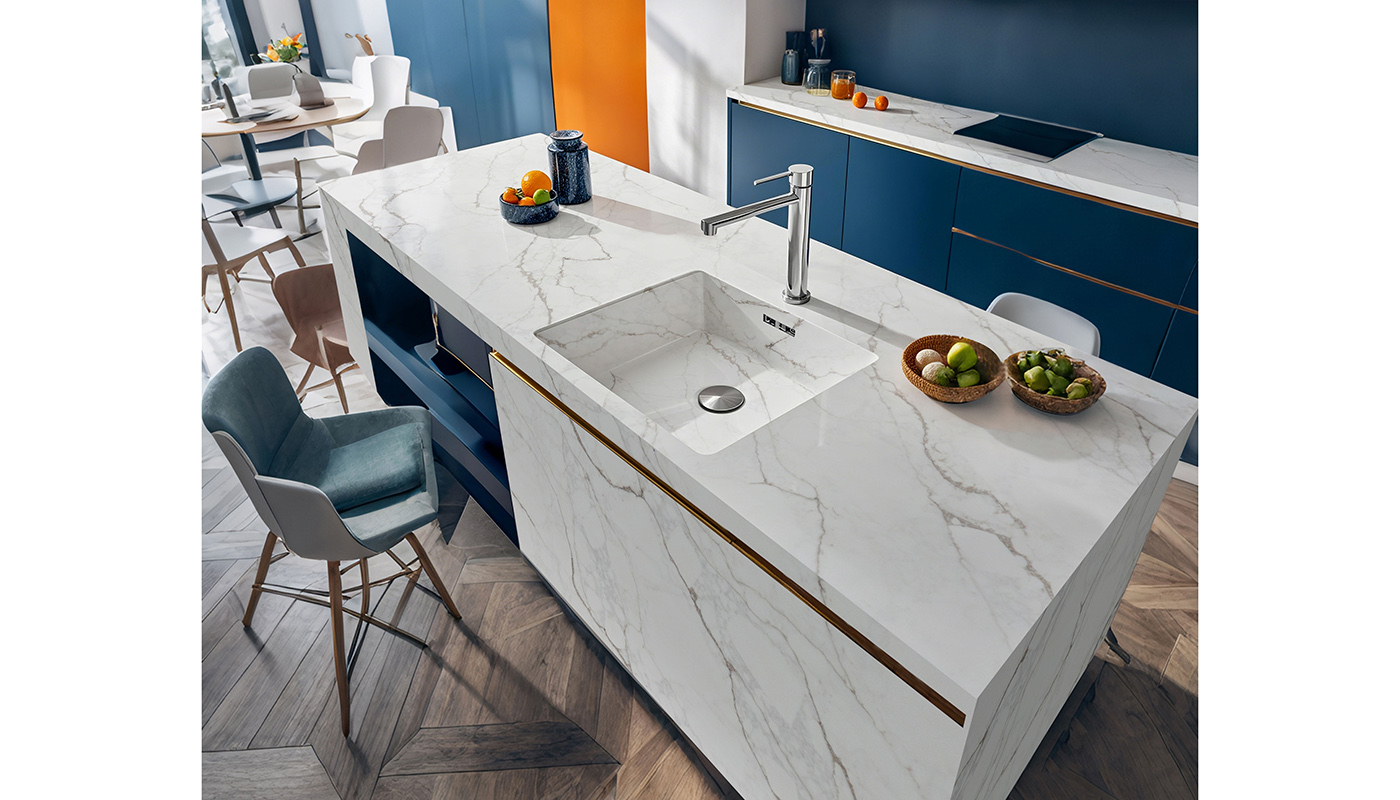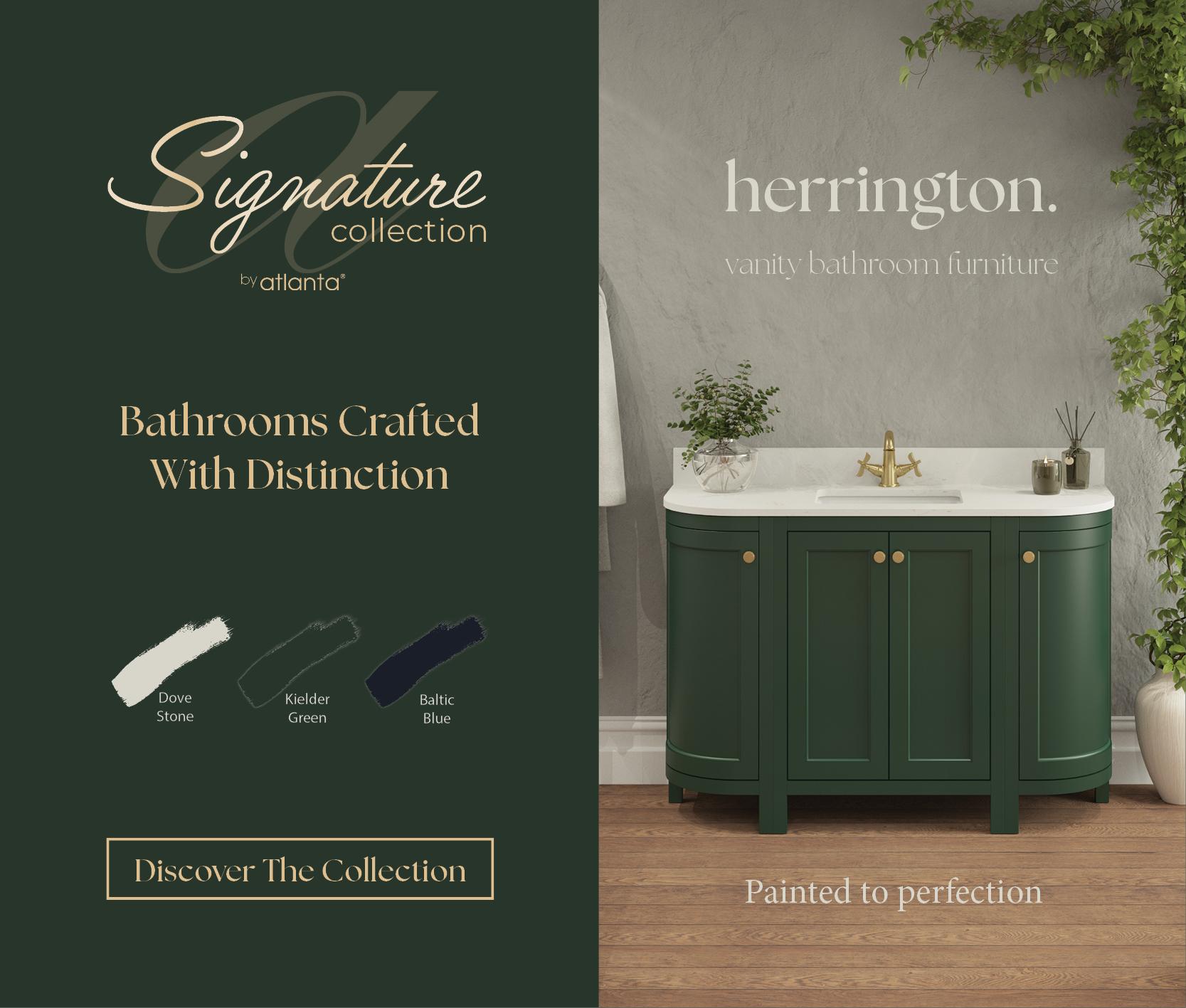Why 'transitional' bathroom style is taking the market by storm
Wed 6th Oct 2021 by Nicola Hanley
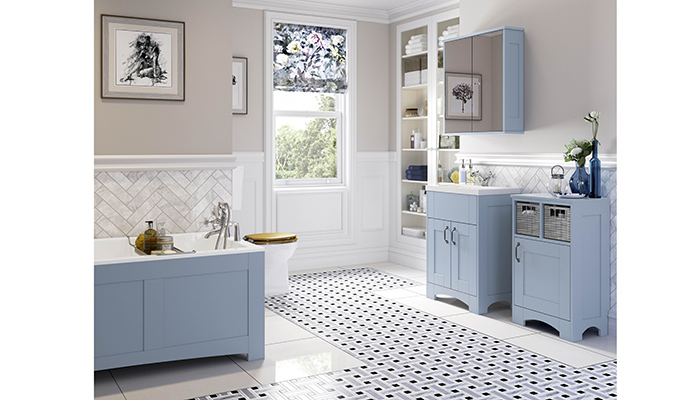
Why 'transitional' bathroom style is taking the market by storm
The growing popularity of transitional bathroom designs, which fuse traditional and contemporary elements to great effect, has given rise to a plethora of new modern classic products. Nicola Hanley investigates.
For a long time, consumers in the market for a new bathroom tended to pick a look and stick to it. Traditional products were favoured for period properties while those looking to give their bathroom a modern makeover were often won over by contemporary designs offering a more minimalist aesthetic. But while there will always be a market for both distinctly different styles, a growing number of consumers are opting for transitional bathroom products that blend the boundaries between classic and contemporary.

“There’s no doubt that transitional designs are becoming more popular,” confirms Bart Sobieszczanski, senior designer at Ideal Standard. “By giving traditional elements a modern twist, you create a space that feels elegant yet fresh, perfectly combining the old with the new.”
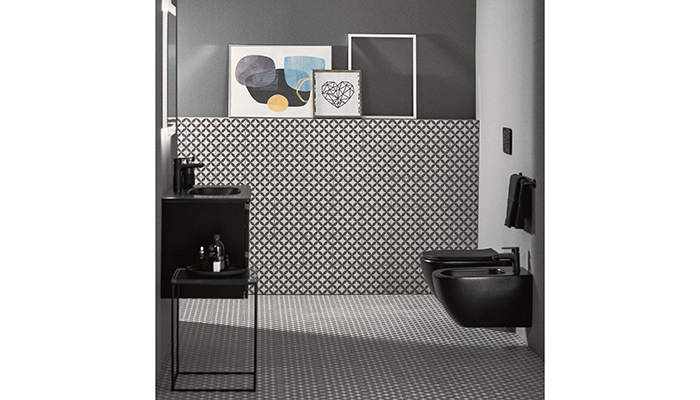
Throughout the home consumers are looking to add their own signature style, and the bathroom is no exception. “Bathroom design has become much more personalised in recent years,” explains Emma Joyce, House of Rohl’s bathroom brand manager. “Social media has helped challenge the binary orthodoxy of traditional and contemporary styles. Designs have become more fluid, mixing different elements to create a distinctive and individual look, and transitional products suit this approach, fitting into almost any environment.”
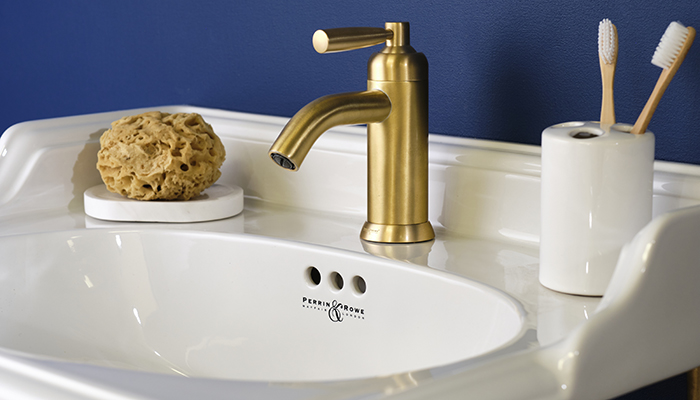
The flexibility offered by transitional products really is key, believes Helen Clark, head of marketing at Utopia Bathrooms: “Transitional bathrooms offer the freedom to express the true personality or design taste of the homeowner, even though it may well be the opposite of the rest of the home. There are no boundaries to conform to and no definite design rules to stay within.”
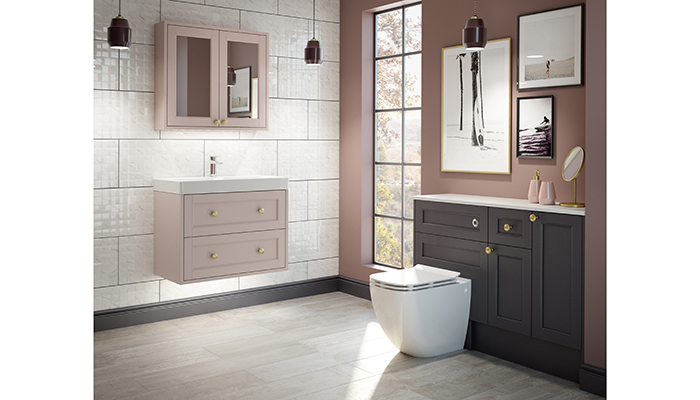
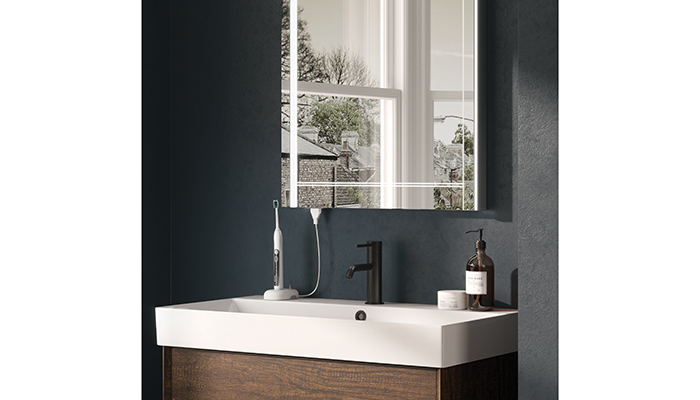
Sally Cutchie, marketing manager at BC Designs, agrees. “Choosing transitional bathroom products doesn’t limit a designer or customer to a particular group or style and instead allows them to pick products that they like.”

However, Ben Bryden, sales and marketing director at RAK Ceramics UK, advises designers and consumers not to get too carried away: “Achieving the perfect transitional bathroom is a case of fine balance. Too much mixing and matching can result in disharmony and a confused look.”
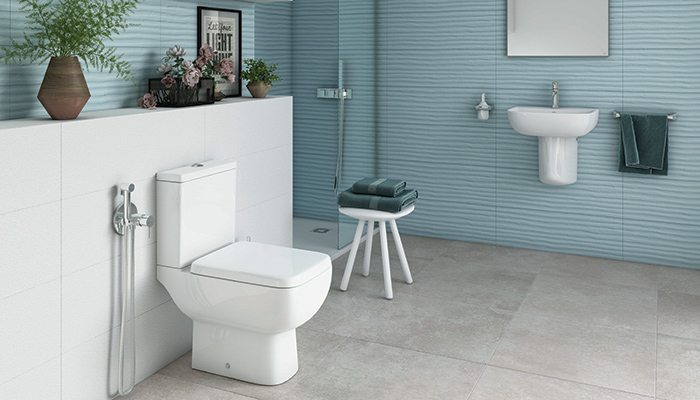
So how can consumers be confident a transitional bathroom will still look cohesive? “By starting with a design that’s rooted in a much-loved and accepted classical style and then bringing it up to date with a bold, contemporary flourish, it’s possible to create something that has almost universal appeal,” explains Graham Bucktrout, managing director at IBC Group.
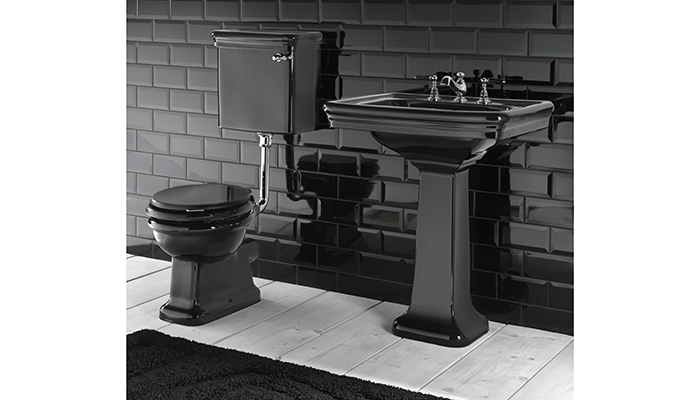
While transitional bathrooms seem to be a win-win for homeowners, this mixing of old and new is good news for designers and retailers looking to showcase a wide variety of products, too. “Transitional products enable retailers to be braver when it comes to showroom displays,” notes Faye Froy, brands expert at Bathroom Brands Group. “Eye-catching details can be incorporated into any transitional bathroom display without compromising an intended look or trend.”
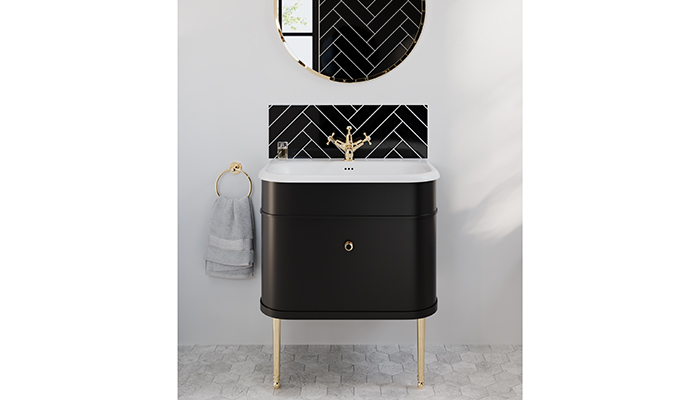
IBC Group’s Bucktrout agrees that transitional products will enhance a retailer’s portfolio, while providing homeowners with a design that offers real longevity. “Added to that, should they wish to put their property on the market at a later date, the likelihood is that it will appeal to a broad range of future purchasers – fans of either traditional or modern style – and that can only be a huge advantage when selling a house.”
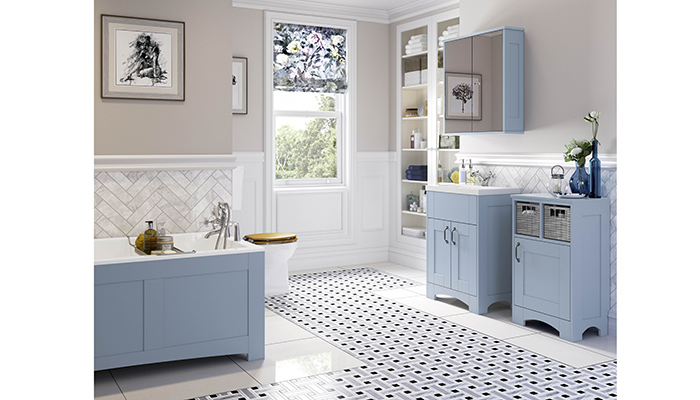
Tags: bathrooms, features, transitional, utopia, perrin & rowe, imperial bathrooms, hib, mereway bathrooms, burlington bathrooms, pjh, bc designs, rak ceramics, ideal standard





